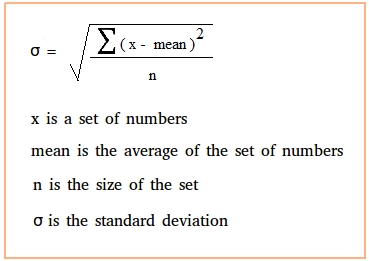
The goal of descriptive studies to obtain a precise profile of people, occasions or situations. This process enables you to explain the level of smoothness in the situation, because it exists throughout the study and to check out the cause/of particular a phenomenon. Additionally, this process enables an accommodating approach, thus, when important new issues and questions arise through the time-frame in the research, further analysis might be conducted. The descriptive approach is fast and practical based on the financial aspect. The goal of descriptive studies to make certain formulated ideas that refer to the current situation to be able to elucidate it. The emphasis is on describing as opposed to on knowing or interpreting. To define the descriptive kind of research, Creswell (1994) stated the descriptive approach to studies to collect specifics of the current existing condition.

The descriptive approach to research was applied using this study. Together with primary data, the investigator also utilized secondary sources by means of printed articles and literatures to help notebook results.

Data collected by using this research instrument were then computed for interpretation. Selected participants clarified general market trends questionnaire structure in Likert format. Particularly, around 60 respondents from 10 companies within London were at random selected to within the sample. To be able to answer these research goals, the investigator opted to get the check out hr employees consistent with this subject.

The advantages and disadvantages combined with reliability of the instrument were also area of the objectives. These studies was conducted to be able to determine if personality questionnaire play a substantial role within the recruitment and evaluation within the employees.


 0 kommentar(er)
0 kommentar(er)
